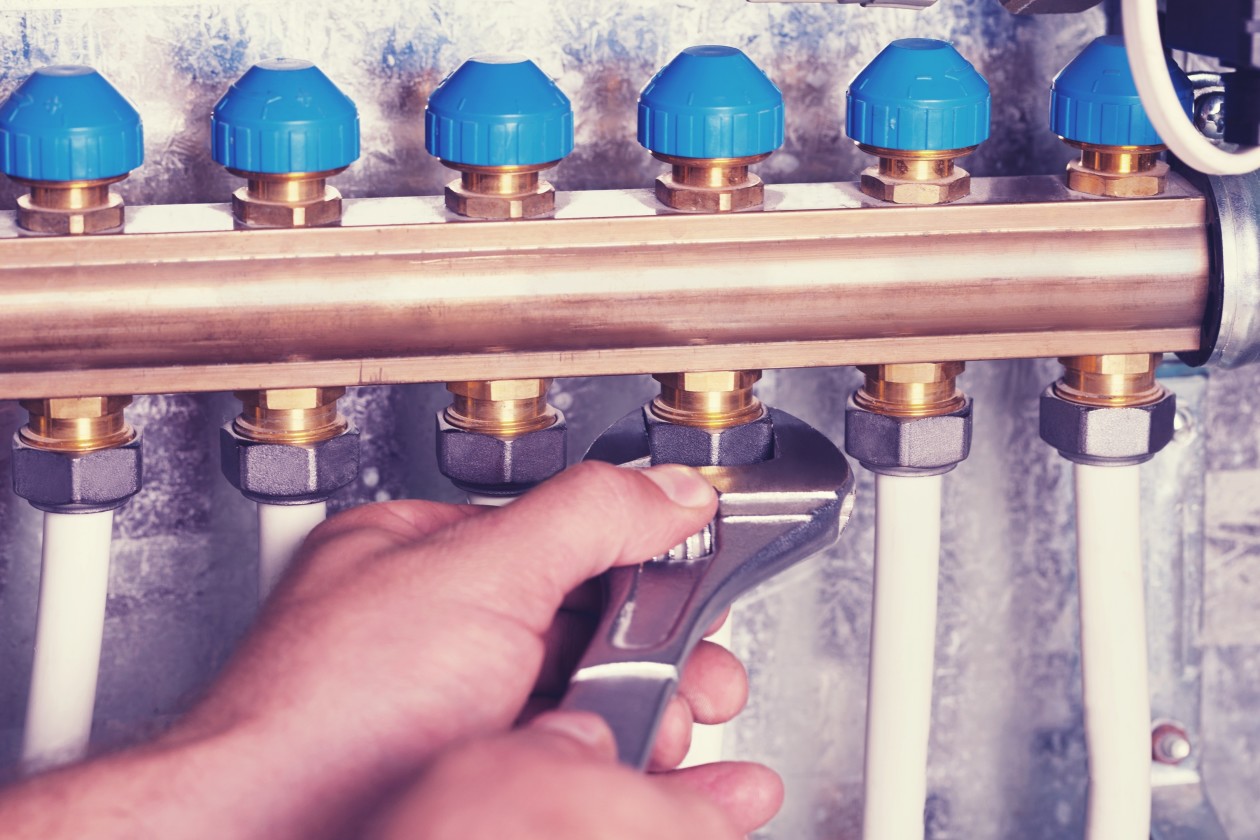
The possible perils of polybutylene plumbing are numerous and costly. If you have it in your home, it’s just a matter of time until the piping leaks. So what is polybutylene piping and how can you tell if it’s in your home? These questions and more are answered below.
What is Polybutylene Plumbing?
During the late 1970’s, polybutylene pipe was believed to be the plumbing solution of the future. It was inexpensive, flexible, thought to be resistant to freezing and easy to install. What wasn’t anticipated was that unfortunately, the chlorine in city water supplies ended up eating away the piping from the inside out. Bursting polybutylene pipes have led to the extensive destruction of home plumbing systems throughout the country.
It’s estimated that polybutylene pipes have been used in 1 out of 4 homes that were built between 1978 and 1995 and were also used in numerous commercial situations as well. Production was discontinued in mid-1996, after countless allegations surfaced declaring that polybutylene pipes were bursting, resulting in property damage.
The Hidden Costs
There are several hidden costs that can be related to still having polybutylene piping, including the resale value of your home decreasing by 10% or more. Also, homeowners will find that insurance coverage isn’t available, or it might not cover claims that resulted from damage caused by leaking polybutylene pipe systems. Any homeowner who’s property still contains polybutylene needs to pay to have it replaced or risk an expensive plumbing failure.
Another hidden cost is that, because the majority of leaks start at the unions and joints, there’s a good chance that even a small leak can cause substantial and costly damage before detection.
How to Identify Polybutylene Plumbing
Polybutylene pipe can be white, gray, black or blue but not all black and white piping is polybutylene. The most reliable way to check for polybutylene is to hire a professional plumber who will comprehensively check the system. A standard home inspection more than likely won’t be able to detect the presence of polybutylene pipes.
The majority of inspectors don’t have the tool required to open the water mains to look for polybutylene. It just isn’t a common part of the home inspection. In some cases, plumbers or homeowners install a combination of copper stubs that protrude through the walls that were attached to polybutylene piping that was hidden in the walls. Some even used polybutylene as the main water line, disguising it by ending at the house or street using copper. All of these not so reputable installations are additional reasons that it’s important to hire a professional plumber.
When to Replace Polybutylene Plumbing
Polybutylene piping typically fails after 10 to 15 years. It’s impossible to tell when it will fail, but it’s certain to happen. Piping that hasn’t shown any outward signs of a problem can burst at any moment. So if you have polybutylene piping, the time to replace it is now.
What should you do if you have Polybutylene pipe in your house or aren’t sure? Give us a call at 480-945-9583.
Write a comment: